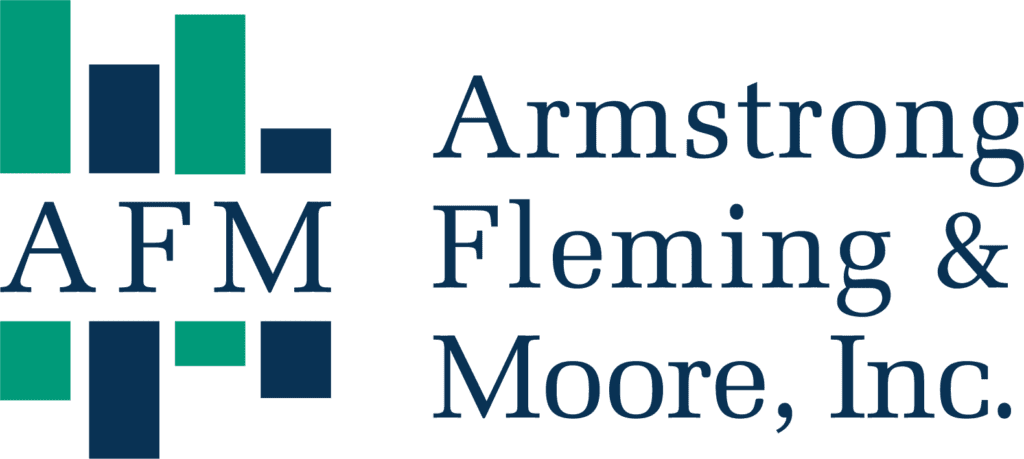With fall fully underway, it’s natural to think about holidays—and the year wrapping up. It’s also the perfect moment to step back, review your financial picture, and make a few smart moves before December 31.
Year‑end planning isn’t just about lowering your tax bill. It’s about checking in on your overall financial (and personal) health and setting yourself up for a strong start in the year ahead. Use these checklists to guide both your personal and financial reviews.
Personal Year‑End Review Checklist
1) Review Your Budget & Spending
- Look back at this year’s expenses—did you stay on track or overspend in certain areas?
- Use those insights to set a more realistic (and values‑aligned) budget for next year.
2) Emergency Fund Check
- Aim for 3–6 months of essential expenses.
- If you tapped the fund this year, set a plan to rebuild it automatically.
3) Debt & Credit Health
- Pull your free annual credit reports and check for errors.
- Prioritize paying down high‑interest balances before the new year.
4) Big Life Changes
- New child, home purchase, job change, or retirement? Each event creates planning opportunities.
5) Insurance Coverage
- Health, life, disability, home, and auto—are your policies still the right fit?
- If income, family situation, or home value changed, review coverage levels and beneficiaries.
6) Estate & Legal Documents
- Review your will, POA, and health care directives—life changes (marriage, children, divorce) may require updates.
7) Big Life Goals
- Saving for a home, education, or another milestone? Check progress and adjust contributions.
8) Retirement & Investment Accounts
- Rebalance if your allocation drifted with the markets.
- Confirm beneficiary designations.
- Satisfy any required minimum distributions (RMDs) to avoid penalties (generally 25% of the amount not taken, potentially as low as 10% if corrected in time—ask your tax professional).
9) Employer Benefits
- Fall is often open enrollment—revisit health plans, retirement plan deferrals/matching, and perks like commuter benefits.
10) Personal Reflection
- Beyond the numbers—how do you feel about progress this year?
- Set one or two intentional goals for the new year (financial and personal) and pick one new habit to strengthen.
Year‑End Tax & Money Moves
1) Double‑Check Withholding & Estimated Taxes
A quick review now can prevent April surprises. Adjust your W‑4 or make an estimated payment if needed.
2) Consider Tax‑Loss Harvesting
If some investments lagged, you may be able to use losses to offset capital gains and up to $3,000 of ordinary income (watch the wash‑sale rules).
3) Health‑Related Accounts
- Flexible Spending Accounts (FSAs): Many are “use it or lose it.” For 2025, employees can contribute up to $3,300; some plans allow a carryover (up to $660) or a grace period—check your plan. Eligible expenses include medical, dental, and vision costs you may have postponed.
- Health Savings Accounts (HSAs): If eligible, consider increasing contributions (and investing those funds if appropriate). For 2025, the HSA limits are $4,300 for self‑only coverage and $8,550 for family coverage; the $1,000 catch‑up still applies for those 55+.
4) Give Back—and Get a Potential Deduction.
Charitable gifts made by December 31 may be deductible if you itemize.
- Bunching donations: Consider consolidating multiple years’ gifts into one tax year to exceed the standard deduction (a donor‑advised fund can help).
- Donate appreciated stock: You may deduct fair market value and avoid capital gains tax on the unrealized gain.
- Qualified Charitable Distributions (QCDs): If you are 70½ or older, you can make tax‑free transfers directly from your IRA to eligible charities. The 2025 annual QCD limit is $108,000. QCDs can also count toward your RMD.
5) Maximize Retirement Contributions
Boosting 401(k) or IRA contributions can reduce taxable income (traditional) or grow tax‑free (Roth), while strengthening retirement readiness.
- 401(k): For 2025, the employee deferral limit is $23,500. Standard catch‑up for age 50+ is $7,500.
- “Super” catch‑up (ages 60–63): Up to $11,250 in 2025 (plan adoption required).
- IRAs: For 2025, the contribution limit remains $7,000 ($8,000 if age 50+). Deductibility and Roth eligibility depend on income—check current thresholds.
6) Consider Education Savings
Contributions to 529 plans and Coverdell ESAs can help fund education. 529s grow tax‑free for qualified expenses and may offer state tax benefits. UGMA/UTMA accounts can also be useful for broader goals (note: assets are owned by the child).
7) Evaluate the Merits of a Roth Conversion
Talk with your CPA and advisor about converting pre‑tax IRA dollars to Roth—especially if your current tax bracket is relatively low, your portfolio is down, or you expect higher future tax rates.
- Aim to pay the conversion tax from funds outside the IRA to preserve tax‑free growth.
- Model the impact on Medicare premiums, credits, and deductions.
Year‑end planning may sound technical, but the payoff is peace of mind. A little preparation now can mean lower taxes, more savings, and a confident start to the new year.
If you’d like a personalized review, we’re here to help—this is a great time to schedule a year‑end check‑in.
Presented by Mitch Strobel, CFP®

